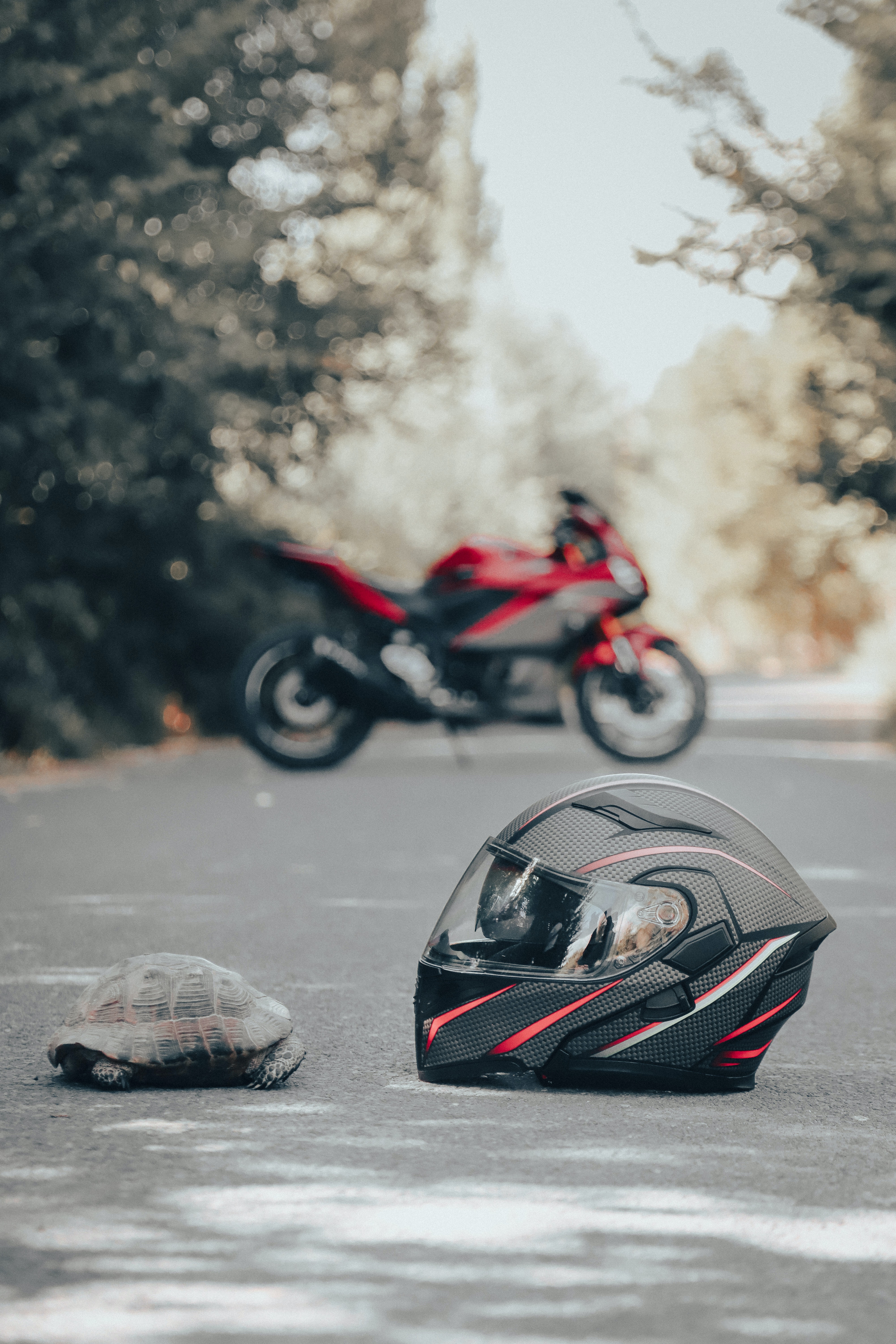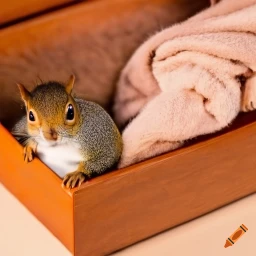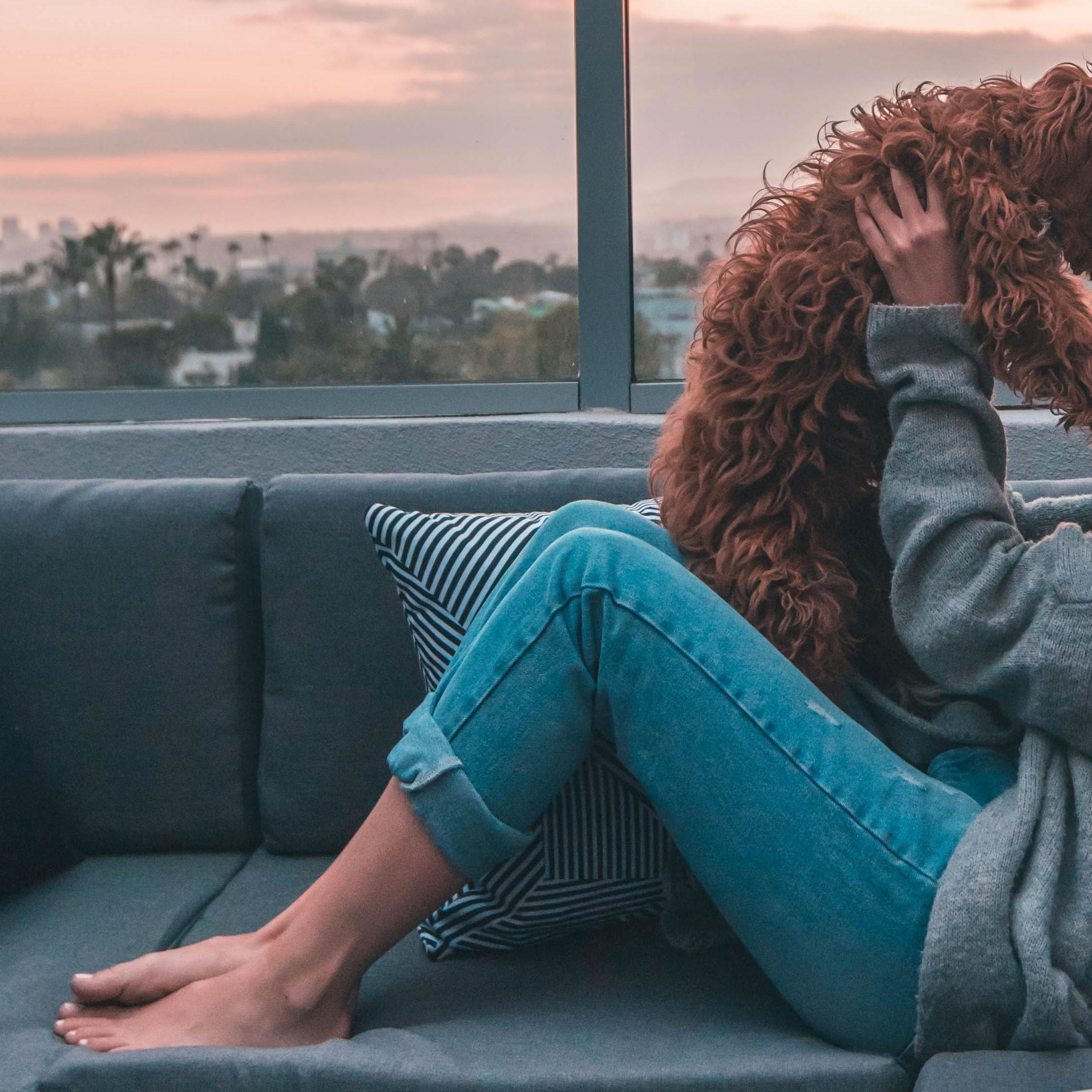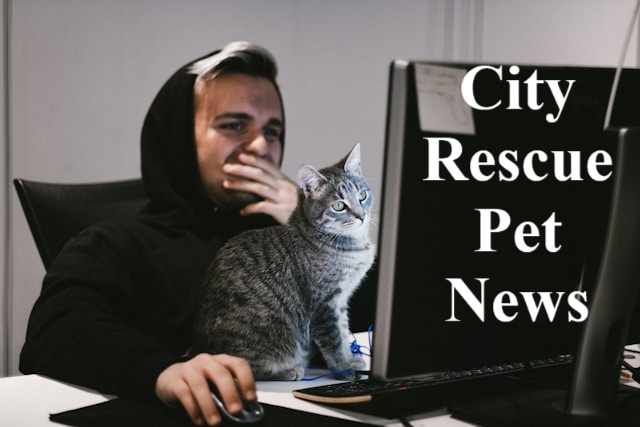- Home
- Wildlife Animal Rescue In The City
Wildlife Animal Rescue in the City: What You Can Do to Help Wildlife
You may come across an injured, sick, or otherwise distressed animal in the city and want to help.
Thank you for caring about animals.
Wildlife animal rescue is important. Just be sure you are doing the right thing and actually helping the animal.
So many times people think they are helping, but they are causing more harm.
Here are some helpful tips.
Go Have a Cup of Coffee
 Photo by Edmond Dantès: https://www.pexels.com/photo/woman-in-pink-blazer-holding-a-cup-of-coffee-4340034/
Photo by Edmond Dantès: https://www.pexels.com/photo/woman-in-pink-blazer-holding-a-cup-of-coffee-4340034/Seriously.
Most of the time what you see as a distressed animal in danger is an animal that can figure its own way out of a jam.
A baby bird may have fallen out of a nest, but its parents are nearby and will help it.
A litter of kittens may be all alone at the side of the street, but that’s just because their momma went out to get some food for herself. She’ll be right back.
Opossums, raccoons, squirrels, and other animals may look alone and in danger, but they might be just fine, or about to be rescued by their parents or someone from their own species.
So take a moment, distract yourself for a while, and come back in like a half hour.
You may find the animal is gone and already taken care of.
If it is still there, you might want to do some wildlife rescue.
Observe the Situation
So you left the area and come back to see that the animal is still there.
If it is a bird, look around for a nest.
If you find a next, put the bird back into it.
See if you can find the home of another animal and try to put it back in its home.
See if there are other animals of the same species around and encourage them to help.
Keep predators away.
If it really looks like the animal is on its own, you will have to take action.
Get Help From Wildlife Animal Rescue Professionals
 Photo by Thom Holmes https://unsplash.com/photos/man-using-his-smartphone-Lrfw0U_o9I0
Photo by Thom Holmes https://unsplash.com/photos/man-using-his-smartphone-Lrfw0U_o9I0Find a licensed wildlife rehabilitator near you and call them.
PETA has a listing of wildlife rehabilitators in the U.S. and the National Wildlife Rehabilitators Association also has a listing of wildlife rehabilitators.
If you can’t get a hold of a wildlife rehabilitator, try a shelter or rescue near you, your vet’s office, or an emergency vet clinic.
Try not to do anything until you get professional help.
Moving an animal could cause more injury.
Even getting close to them might frighten them and they could injure themselves as they try to get away from you.
Feeding them or giving them water could also be dangerous if they will be going to a vet and need sedation or anesthesia.
Keep Trying to Find Help - Don't Go It Alone
It can be hard to get someone on the phone to help.
Many wildlife animal rescue professionals are overworked.
Here’s a video of someone desperate to free a skunk who just couldn't get anyone to help her. So she took matters into her own hands.
You’ll find a lot of videos like this on the internet.
They are really heartwarming.
But there are reasons why you should proceed with caution when trying to do wildlife animal rescue without proper guidance.
Doing Wildlife Animal Rescue Yourself Can Be a Danger to Yourself
You can cover yourself with gloves and long sleeves and thick pants, but you still might get bit or scratched or worse if you are trying to do wildlife rescue yourself.
The animal might be scared and want to defend itself. It won’t know that you are trying to help.
The animal might have a disease that you could catch just by being around it.
Be especially careful with animals who might have rabies, such as raccoons, skunks, foxes, or bats.
Doing Wildlife Animal Rescue Yourself Can Be a Danger to the Animal
In its fear of you, the animal might hurt itself further by trying to get away from you.
Anything you might to do help it could be harmful in the long run if you aren’t familiar with how to do wildlife animal rescue.
Feeding it when it might need surgery could be hurtful.
Feeding it the wrong type of food could also be hurtful.
Putting the wrong type of ointments could also cause damage.
Doing Wildlife Animal Rescue Yourself Can Be a Danger to Other People or Animals
If you disturb a distressed animal it could take off and then hurt innocent bystanders, whether they be human bystanders or other species.
Always be aware of the environment around you when you are trying to help a wild animal in trouble.
Make the Animal Safe if You Can
 Photo by Sametraw: https://www.pexels.com/photo/helmet-lying-on-the-ground-next-to-a-turtle-18447231/
Photo by Sametraw: https://www.pexels.com/photo/helmet-lying-on-the-ground-next-to-a-turtle-18447231/There are some situations where it’s perfectly fine to help an animal.
A tortoise crossing a busy road can be moved to the side of the road if it is safe for you to do so.
Make sure you have protection for your hands in case it tries to bite you and wash your hands after touching it.
Move the tortoise in the direction it was going in. Otherwise, it might turn around and head back into the road.
An animal trapped in wire or fencing could potentially be freed, as long as you are careful not to hurt yourself or the animal while doing that.
It is always smart to wear protective gloves and other protective clothing when dealing with wild animals.
 Created by Linda Velwest with craiyon.com
Created by Linda Velwest with craiyon.comYou’ll want to contain the animal.
If you are taking it to a wildlife rehabilitator or if you are taking it home, you want to safely transport it.
A box, a plastic bin with holes in it, a pet carrier, a paper bags are all appropriate places to put the animal.
You need to keep the animal as calm and relaxed as possible.
It wants to be left alone in the dark.
Don’t talk to it or pass it around.
Let it be quiet and peaceful.
If it is a clear container, put towels around it so it can’t see you.
You might want to put a heating pad inside the container, set on low, to keep the animal warm.
Bring the animal to a wildlife rehabilitator as soon as you can.
Wildlife Are Protected - Do Not Disturb
In many areas of the U.S., it is illegal to disturb wildlife.
We need to share our space with skunks, deer, opossums, raccoons, hawks, and even coyotes and alligators (depending on where you live).
If you don’t want these animals in your yard, you need to make sure there is nothing attracting them to you, like open garbage cans or food lying about.
If an animal gets in your house, just open the doors and windows so it can get out easily.
Opossums are great animals to have around for many reasons.
They like to eat the type of tic that spreads Lyme disease.
They also eat rats, mice, snails, and slugs.
They are very resistant to rabies, so you probably won’t ever encounter an opossum that has rabies.
All wild animals deserve our respect and help if they need it.
Just be sure that the help you provide is really beneficial to the animal and that you are safe while keeping everyone in the area safe as well.







New! Comments
Have your say about what you just read! Leave me a comment in the box below.